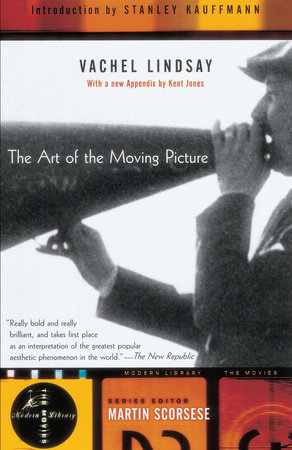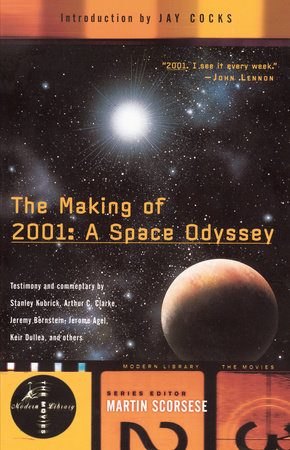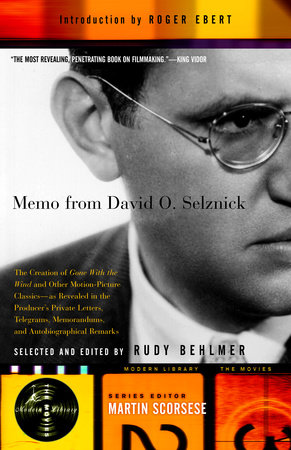The Art of the Moving Picture
Vachel Lindsay
Ebook
December 15, 2010 | ISBN 9780307769657
AmazonApple BooksBarnes & NobleBooks A MillionGoogle Play StoreKobo
Paperback
March 7, 2000 | ISBN 9780375756139
AmazonBarnes & NobleBooks A MillionBookshop.orgHudson BooksellersPowell'sTargetWalmart
About the Book
--Stanley Kauffmann
Written in 1915, The Art of the Moving Picture by poet Vachel Lindsay is the first book to treat movies as art. Lindsay writes a brilliant analysis of the early silent films (including several now lost films). He is extraordinarily prescient about the future of moviemaking--particularly about the business, the prominence of technology, and the emergence of the director as the author of the film.







